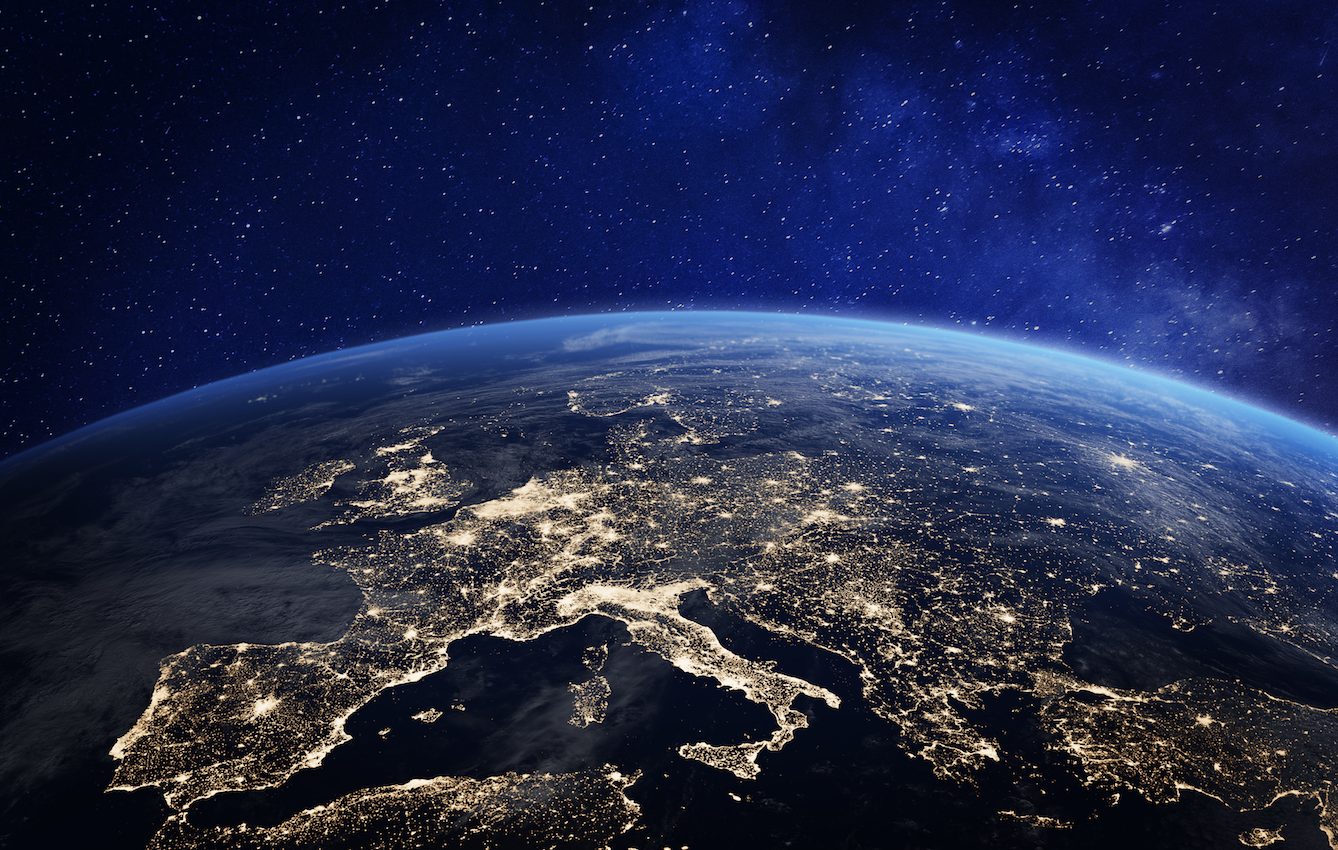
Artificial intelligence could help to translate critical Earth observation data
According to a new report from the European Space Agency (ESA), artificial intelligence and machine learning may be the key to accurately extracting and processing satellite data. For humans, it can be very challenging to locate the most relevant information in these massive datasets, which are transmitted from over 700 Earth observation satellites.
The need for reliable information about Earth’s climate system is more urgent now than ever before. For example, the ESA Climate Change Initiative (CCI) provides critical feedback to the UN Framework Convention on Climate Change. Teams of scientists have been formed to produce precise details on specific environmental processes.
The datasets used for the CCI include 21 “essential climate variables,” such as greenhouse gas concentrations, sea-level rise, and the state of the world’s polar ice sheets. These records, which cover four decades, are the foundation for the global climate models used to predict future changes.
Dr. Carsten Brockmann, who works on the CCI Ocean Colour science team, believes artificial intelligence has the power to address pressing challenges that are faced by climate researchers.
In machine learning, computer algorithms are trained to split, sort, and transform data. This can dramatically improve detection rates in Earth observation, as these algorithms can automatically make statistical connections within datasets for classification, prediction, or pattern discovery.
“Connections between different variables in a dataset are caused by the underlying physics or chemistry, but if you tried to invert the mathematics, often too much is unknown, and so unsolvable,” said Dr. Brockman. “For humans it’s often hard to find connections or make predictions from these complex and nonlinear climate data.”
Scientists involved in the CCI Aerosol project need to pinpoint changes in reflected sunlight caused by the presence of dust, smoke, and pollution in the atmosphere. Project leader Thomas Popp wants to use artificial intelligence to retrieve additional aerosol parameters from several sensors at once.
“I want to combine several different satellite instruments and do one retrieval. This would mean gathering aerosol measurements across the visible, thermal and ultraviolet spectral range, from sensors with different viewing angles,” said Popp. He said that approaching this as one big data problem could make these data automatically fit together and be consistent.
“Explainable artificial intelligence is another evolving area that could help unveil the physics or chemistry behind the data,” said Dr. Brockmann.
“In artificial intelligence, computer algorithms learn to deal with an input dataset to generate an output, but we don’t understand the hidden layers and connections in neural networks: the so-called black box.”
“We can’t see what’s inside this black box, and even if we could, it wouldn’t tell us anything. In explainable artificial intelligence, techniques are being developed to shine a light into this black box to understand the physical connections.”
—
By Chrissy Sexton, Earth.com Staff Writer
Image Credit: Shutterstock/NicoElNino













